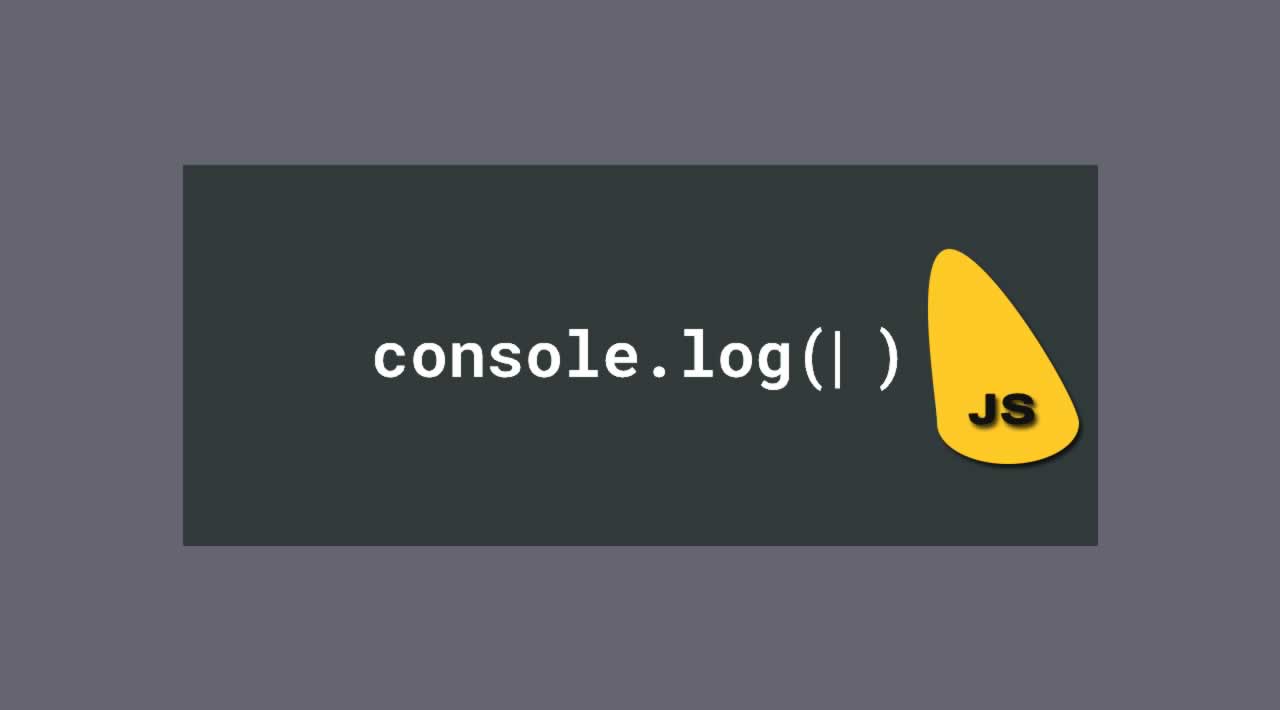Let’s extend console.log()
The console object gives you access to the browser’s console. It lets you output strings, arrays, and objects that help debug your code. The console is part of the window object, and is supplied by the Browser Object Model (BOM)
There are two ways how to use console.log:
window.console.log('hello')console.log('hello again')
Let’s extend. Why?
You may want a simple way to:
- Enable/disable logging with a flag, e.g.,
DEBUG = true - Prefix log messages with a common string to identify message origin, e.g.,
$ 23.07.2018 / 11:48:02 Hello! - Shorter logging syntax, e.g.,
log("Hello!") - Etc.
e.g. We want to add the current date before the message:
var LOG_PREFIX = new Date().getDate() + '.' + new Date().getMonth() + '.' + new Date().getFullYear() + ' / ' + new Date().getHours() + ':' + new Date().getMinutes() + ':' + new Date().getSeconds();
var log = console.log;
console.log = function(){
// 1. Convert args to a normal array
var args = Array.from(arguments);
// OR you can use: Array.prototype.slice.call( arguments );
// 2. Prepend log prefix log string
args.unshift(LOG_PREFIX + ": ");
// 3. Pass along arguments to console.log
log.apply(console, args);
}
console.log('I did it!')
Current date:
var LOG_PREFIX = new Date().getDate() + '.' + new Date().getMonth() + '.' + new Date().getFullYear() + ' / ' + new Date().getHours() + ':' + new Date().getMinutes() + ':' + new Date().getSeconds();
Save object reference
var log = console.log;
Rewrite the log method
console.log = function(){
var args = Array.from(arguments); // ES5
args.unshift(LOG_PREFIX + ": ");
log.apply(console, args);
}
- Array.from(arguments) — convert args to a normal array. The
argumentsobject is not anArray. It is similar to anArray, but does not have anyArrayproperties exceptlength. You can also use: Array.prototype.slice.call(arguments); - args.unshift(LOG_PREFIX + “: ”) — prepend log prefix log string.
- log.apply(console, args) — The first arguments to
applyis whatthiswill refer to. To mimic a call toconsole.log(), you have to passconsole, not the function itself
Shorter logging syntax
You may want to modify the log messages and use shorter logging syntax:
var LOG_PREFIX = new Date().getDate() + '.' + new Date().getMonth() + '.' + new Date().getFullYear() + ' / ' + new Date().getHours() + ':' + new Date().getMinutes() + ':' + new Date().getSeconds();
var log = function(){
// 1. Convert args to a normal array
var args = Array.prototype.slice.call(arguments);
// 2. Prepend log prefix log string
args.unshift(LOG_PREFIX + " ");
// 3. Pass along arguments to console.log
console.log.apply(console, args);
}
log('I did it!')
The most basic log wrap to exactly mimic console.log behavior, e.g., to shorten logging syntax, looks like the following, which applies the arguments supplied to log when calling console.log.
var log = function(){
console.log.apply(console, arguments);
}
And you can do simple things like add a DEBUG flag to enable/disable logging:
var DEBUG=true;
var log = function(){
if(DEBUG){
console.log.apply(console, arguments);
}
}
Thanks for reading!
#javascript #js #frontend #webdev #development
